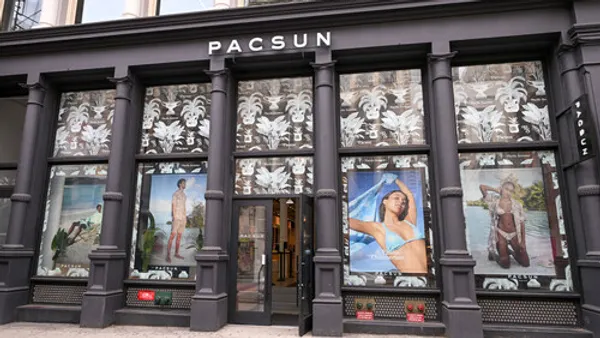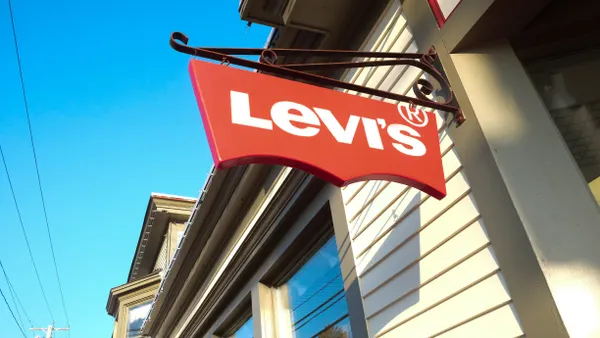Dive Brief:
-
The new, higher-security EMV credit cards could be a headache for physical stores as shopping ramps up this year, in light of studies regarding the importance of ease of checkout and the awkwardness of learning to use the new cards.
-
CNBC notes that ease of checkout is the prime technology desired by shoppers in store, according to a study of 2,000-plus consumers and 230 retailers by PricewaterhouseCoopers.
-
Yet more than a quarter (28%) of consumers using the new EMV card found them confusing or bothersome, and some of those even avoid stores with EMV checkout, according to a study by Mercator Advisory Group.
Dive Insight:
Change is hard, even when it’s not that hard. Anyone who has used the new EMV systems knows that the process differs from the magnetic swipe most consumers are used to. The card gets dipped into its new slot, and needs a few seconds to do its security check and payment transfer. Some terminals need the card to be slipped in just right, which can require an extra try or two.
"Retailers are trying to generate peak volume," Eric Olafson SVP of store solutions at cloud-based solutions company Demandware, told CNBC. "If you start talking about anything that slows that down, that translates into dollars.”
The clunky nature of using new, more secure chip-embedded credit cards will wreak havoc with holiday sales in stores, Wal-Mart senior director of payment services John Drechny, who has worked to transition the retailer to the new EMV cards, said earlier this year.
The timing of the requirement for retailers to update their point of sales systems will slow down checkout times and force many shoppers to opt for cards without the chips. “We’re forcing anarchy” on payments, Drechny said Monday during a panel discussion at the Money20/20 payments conference in Las Vegas.
And compared to the method used in Europe and Asia, which uses a PIN (and which retailers insist is much more secure) at checkout, the requirement to also sign the transaction slows things down that much more, Olafson says in a blog post.
It might get confusing, too, that some retailers have a customer swipe while others have them dip. Though, probably, anything beats waiting for someone to write a check.
Samsung is attempting to take advantage of the confusion and hassle around the new cards in its ads touting the fact that its mobile payment can be used even at retailers with simple magnetic readers. Those ads seem to be in heavy rotation, along with the Black Friday ones.
Indeed, the situation could also bring more shoppers to use mobile payment systems like Samsung Pay, Apple Pay or Android Pay, some experts have told Retail Dive.
The new EMV cards, even though they don’t, in most cases, require a PIN, are far more secure than the magnetic stripe. Compared to the old method — which some retailers are still using — an EMV payment can be cumbersome. But then, it can be cumbersome to unlock your front door when you get home, but that doesn’t prevent most people from locking up when they leave for the day.














